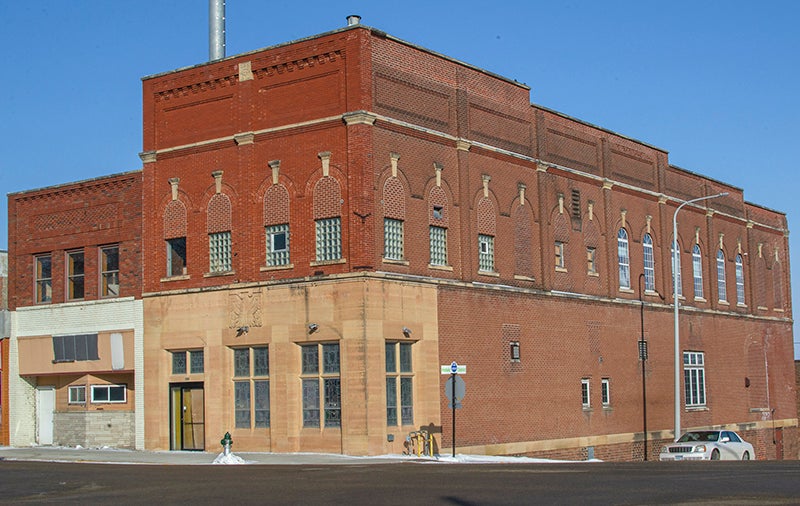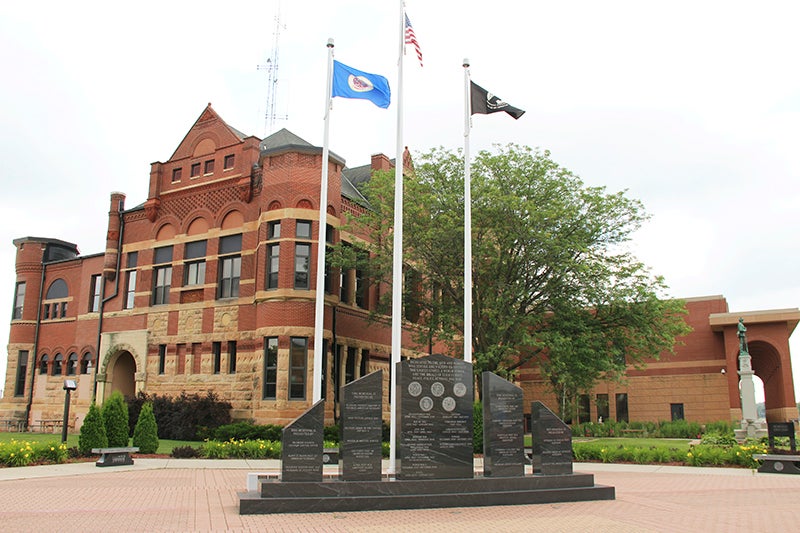Historic tax credit extended another year
Published 4:19 pm Friday, July 2, 2021

- The historic tax credit program is presently part of a proposal to turn 131 and 137 E. Clark St. into 20 loft-style apartments. Hallie Cantu/Albert Lea Tribune
|
Getting your Trinity Audio player ready...
|
Minnesota’s Historic Structure Rehabilitation Tax Credit was extended for another year as part of the omnibus tax bill approved by the Legislature and signed by Gov. Tim Walz this week.
The program, which offers a 20% state tax credit on qualified rehabilitation expenditures for buildings listed on the National Register of Historic Buildings, was originally created as a bipartisan initiative in response to job losses sustained during the Great Recession and was initially created with a five-year sunset date. The state tax credit parallels an existing federal rehabilitation tax credit program that has existed since the 1980s.
“This is a huge win for our state, as thousands of jobs are protected and Minnesota will have continued access to a tool that invests in communities and their infrastructure,” said Heidi Swank, executive director of Rethos, formerly known as the Preservation Alliance of Minnesota.
Erin Hanafin Berg, policy director at Rethos, said she anticipates there are several projects that will take advantage of the tax credit across the state and she is grateful for the support the extension received.
“We were just really heartened by the bipartisan support for this historic tax credit and also by the geographic support,” Hanafin Berg said. There were four co-authors on the Senate bill and 11 co-authors on the House bill from both parties, whom she said recognized the need and the opportunity the credit provides.
The program has generated over $3.5 billion in economic activity and over 18,000 jobs since its start. To qualify for the state tax credit, the property has to be listed on the National Register of Historic Places, be an income-producing property and have substantial rehabilitation, all of which needs to be approved at the State Historic Preservation Office.
She said 27 projects were issued allocation certificates in May and June alone, which show that they’ve met the criteria and can qualify for the tax credit. She said she thinks this shows the support for the program.
In Albert Lea, the historic tax credit program is presently part of a proposal to turn 131 and 137 E. Clark St. — known historically as the Rasmus Jensen Building and the Danish Brotherhood Society Lodge 75 — into 20 loft-style apartment units.
Hanafin Berg said the organization plans to come before the Legislature in the next legislative session to lobby for a longer extension, anywhere from five to 15 years.
“We’re confident in the data that the state historic tax credit generates,” she said, noting that it stimulates economies, reuses buildings and creates jobs.
The organization said in a press release that as the state recovers from COVID-19 related jobs losses, the historic tax credit will serve as a critical tool for employing people in 97% of industries, while continuously investing in the communities and cultural core of towns and cities.





